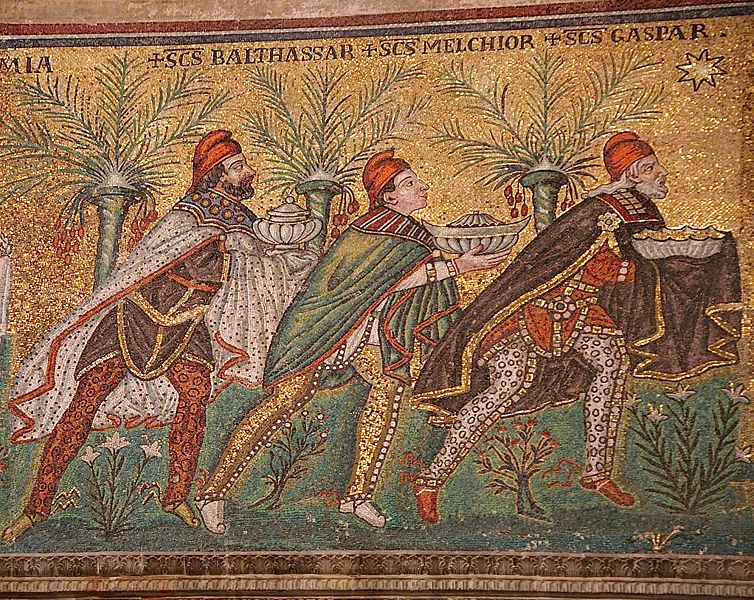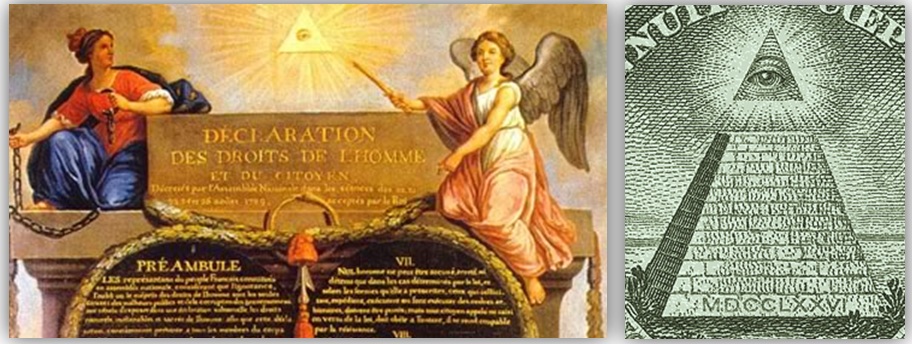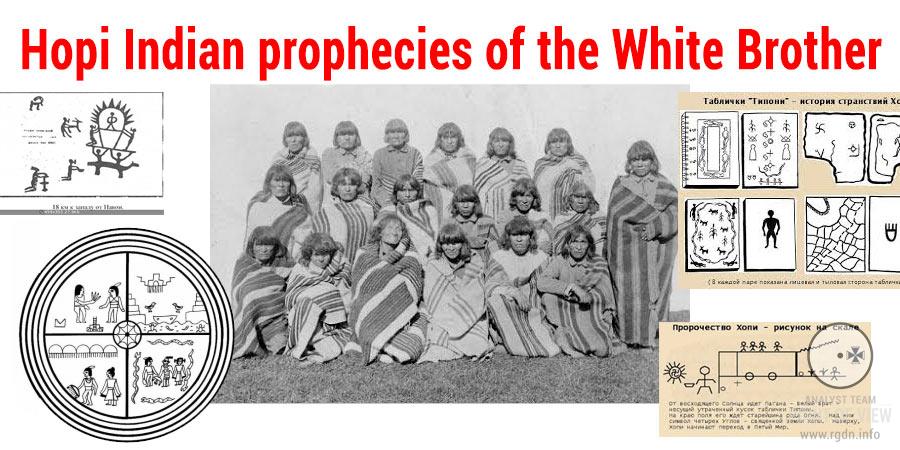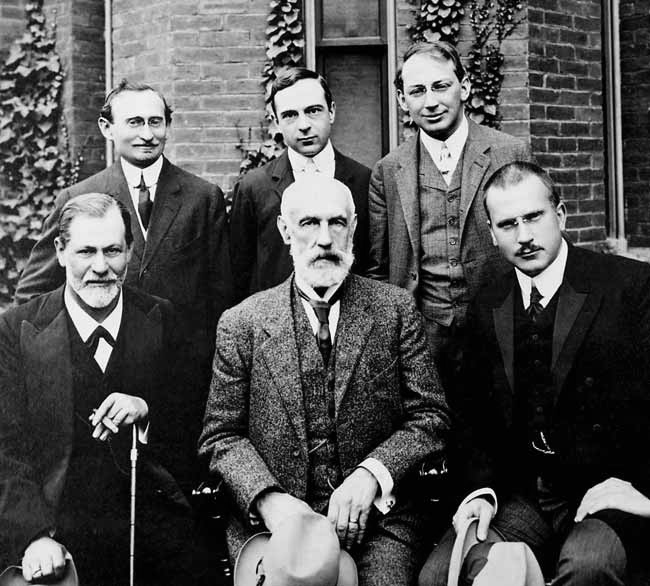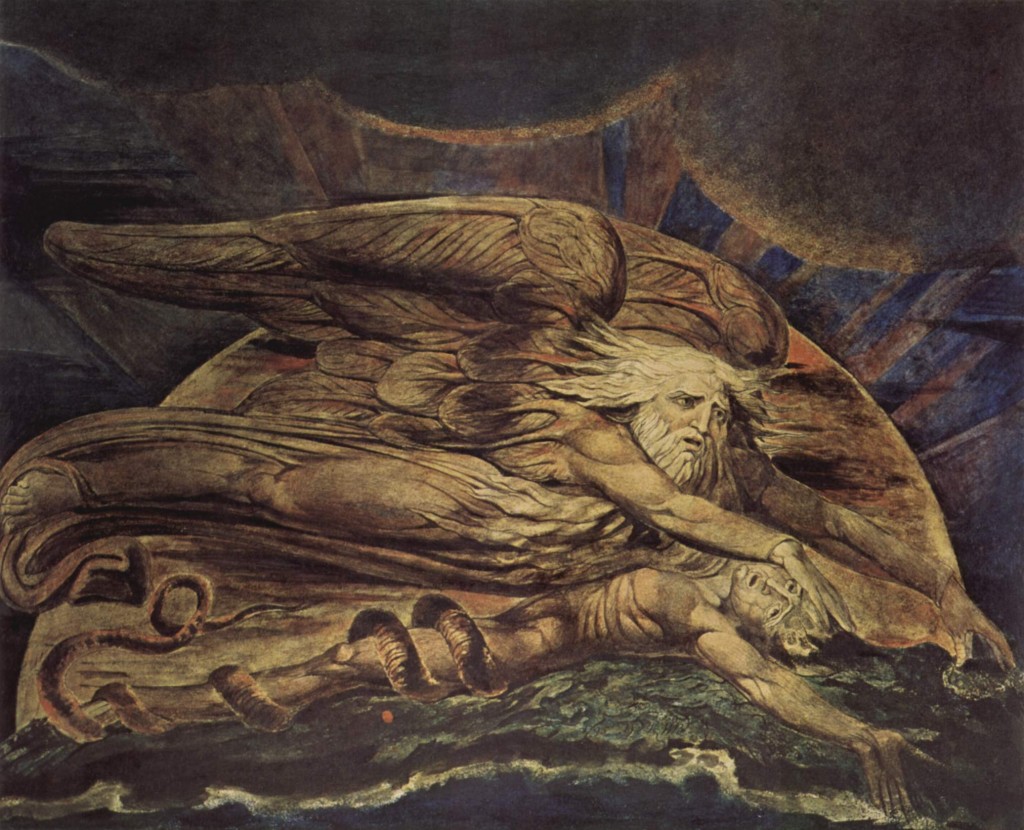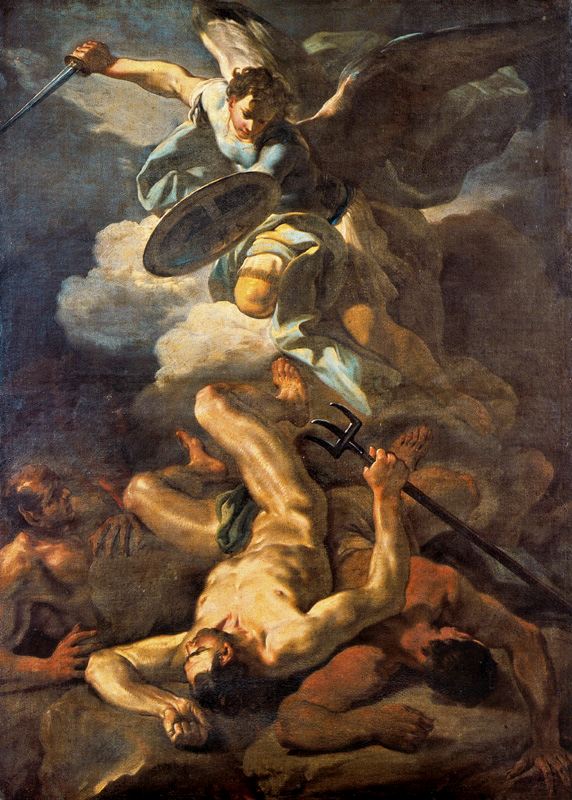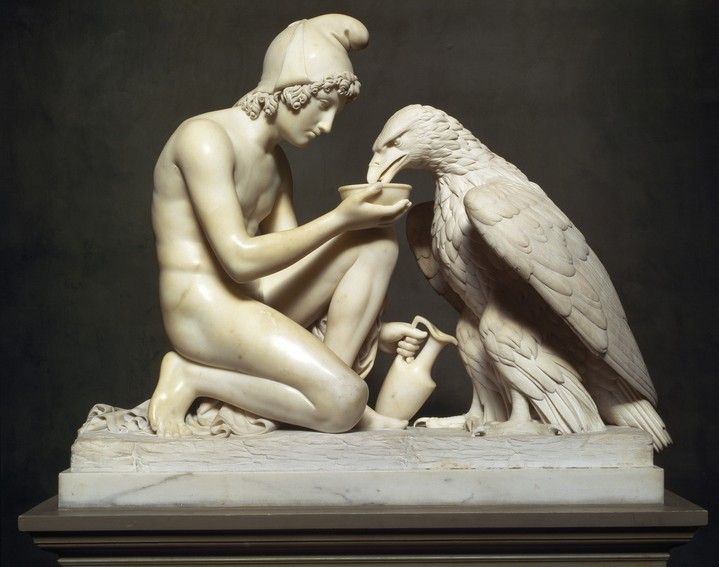
The Red Cap of Liberty is also known as the Phrygian Cap, Mithraic Cap, sacrificial Cap, mitre and in French as the bonnet de laLiberté or bonnet rouge. It symbolizes the sacred acts of Initiation, Sacrifice, Liberty, Revolution, Enlightenment, and Brotherhood.
It has been worn by various Abrahamic priesthoods over the last few thousand years and also newly emancipated slaves since the time of Ancient Rome. The red cap not only an ancient symbol, it is one of the oldest magical talismans that is still in use to this very day by various religions, secret societies, and governments all around the world.
British Freemason and Rosicrucian, Hargrave Jennings had written, “The Phrygian Cap, the classic Mithraic Cap, sacrificial Cap, and mitre all derive from one common ancestor.” He continues, The whole is a sign of “initiation,” and of baptism of a peculiar kind. The Phrygian cap, ever after this first inauguration, has stood as the sign of the “Enlightened.” The heroic figures in most Gnostic Gems, which we give in our illustrations, have caps of this kind.”
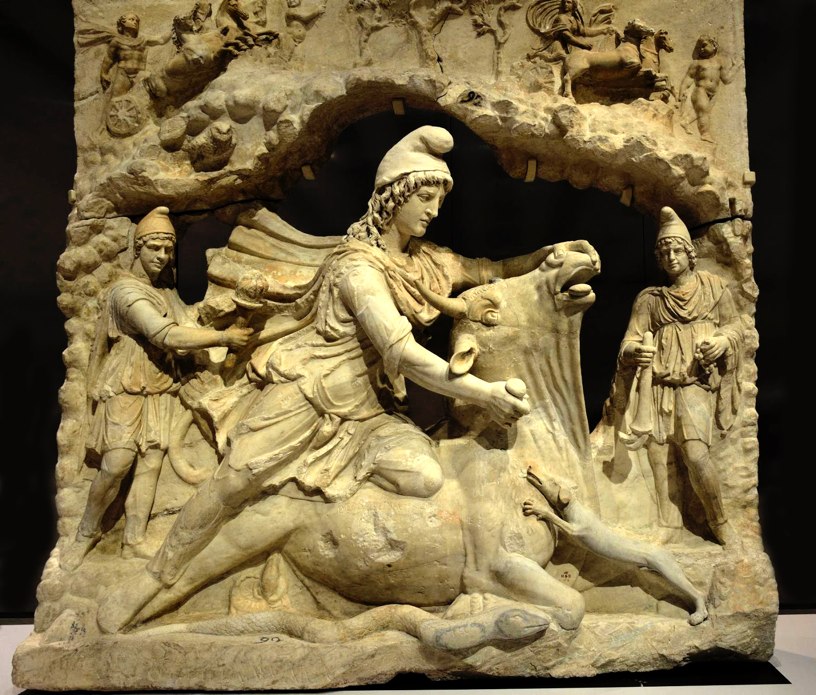
Jennings further writes, “The sacrificer in the sculptured group of the “Mithraic Sacrifice,” among the marbles in the British Museum, has a Phrygian cap on his head, whilst in the act of striking the Bull with the poniard—meaning the office of the immolating priest. The bonnet conique is the mitre of the Doge of Wenice. Besides the bonnet rouge, the Pope’s mitre—nay, all mitres or conical head-coverings—have their name from the terms “Mithradic,” or “Mithraic.”
This common ancestor that Hargrave Jenning mentions we can trace back to antiquity to a God known as Attis, Atys, Attes (Ancient Greek: Ἄττις or Ἄττης) who is the oldest known God or representation that can be found in history. It is Attis who is often depicted in art in a tunic, tucked up, and wearing a Phrygian cap. The name Attis signifies “The Sinner,” and according to Herodotus, he was known as the son of the god.
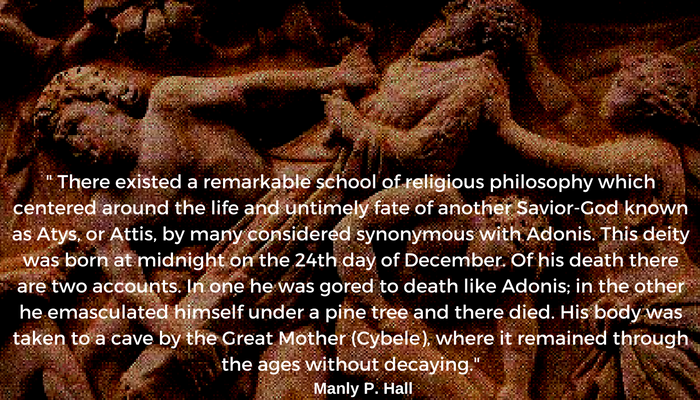
The Greek word ‘Phrygians,’ Фр£ог is composed of the words “phry and gians.” The Greek ‘phry’ in English means ‘free” and the word gian means ‘God is gracious,’ and in Italian means John. The Phrygians came from a country that in various mythologies and told by ancient historians as the land called Phrygia. A place that we know today as the Mediterranean island of Crete in the country of Greece. We can also connect the hat to Crete because historians believe that the hat was first introduced into Europe and the West by the Cretans.
We can also connect the hat to Crete because historians believe that the hat was first introduced into Europe and the West by the Cretans. Crete is also known as the official birthplace of all Western Civilization, The Gnostics of Knossos, the birthplace of Christianity and home of the first Freemasons as well.
The cult of Attis was native to Crete, but at an early date it spread into other parts of Asia Minor and the Greek islands. Traces of it appear at Athens as early as the fourth century B.C., and it was introduced at Rome, probably in conjunction with the cult of Cybele, in 204 B.C. After the official recognition of the cult by the Emperor Claudius, the festival of Attis was celebrated in March with great pomp.
According to Greek mythology, the first Phrygian Midas had been king of the Moschi (Mushki), also known as Bryges (Brigi) in the western part of archaic Thrace. The meaning of the name Bryges is mountain and as I mentioned above, they came from a mountain called Mount Ida in Crete. They were also called the Brigi- ans ; Brigones is from brig-iones, and the Ionian Brigians.
It is from this name where we get the name of the Celts who are properly called the Celtiberi (Celtebrians) is from celti-bri. A name meaning the” hiding Brigians”, who gave their name to the country of Britain. These people of the mountain who I mentioned above were from Crete and Mount Ida, are known biblically as the Judeans and Tribe of Judah and are the founders of many countries. The tribe in the bible who is scattered amongst nations.
The Jewish-Roman Historian Josephus had claimed that modern Moscow in Russia was founded by the Mosocheni (Moschoi, Moschi, Mushki Mosoch or Meshech), or the Tabalior (Thobelites). Herodotus also mentions the Moschoi (Meshech, Muscovites or Assyrian form, Mushki or Musku). The Moschi are named with Tubal (and Rosh, in certain translations) as principalities of “Gog, prince of Magog” in Ezekiel 38:2 and 39:1, and is considered a Japhetite tribe. They were also known by the names of the Cappadocians which is the Latin word for the Cretans, and later as the Iberes of what was then called Roman Iberia.
These people from Crete I have written about numerous times in the past. The island has been known by various names over the course of history like Arcadia, Caphtor, Candia, Minoa, Cappadocia, Phoenicia, Phrygia etc., and the people of Crete have been called Cretans, Minoans, Philistines, Jews, Hellenes, Phoenicians, and the Sea Peoples just to name a few. This was the birthplace not only modern civilization, but it was also the home of almost all the Greek Gods, many Cretan Kings, royal Jewish families, Roman Emperors, Gnostics, Christianity and some of the first Fathers and Saints of the Church.
As the Roman Empire started to conquer the world at the turn of this 6th Age, the Romans devised a system where captured slaves could also obtain their freedom. For example, when the tribe of Judah was conquered in approximately 70 A.D. during the great Judean rebellion and siege of Jerusalem on the Holy Islands of Crete and Kos, the special religious roles decreed for the Kohanim Levites were preserved and they were given special roles and tax-free statuses in Rome.
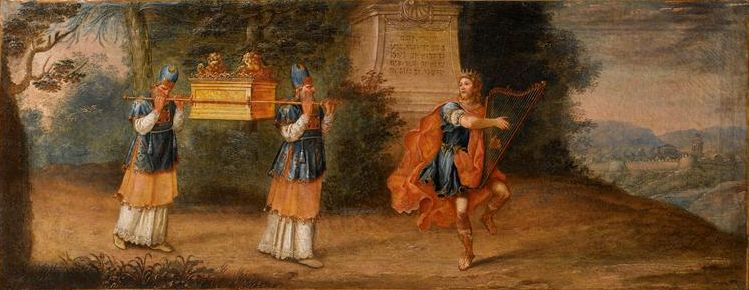
It is said, that in order to make some amends to the Kohanim of Kos for the loss of such a valuable treasure of their island, Augustus Caesar had given them special taxation status and would forgive a considerable part of their annual tribute to Rome. In 53 A.D., the Roman Emperor Claudius had granted the Kohen (Cohen, Kohain; Hebrew: כֹּהֵן, plural כֹּהֲנִים Kohanim) immunity from taxes. These are the first non-Roman people in recorded history who were given such tax-free privileges from Rome and who would be considered Phrygians, freemen or freemasons.
Here is the Phrygian Cap worn by the Roman priesthood who were considered freemen during a sacrifice.
As part of the Roman ceremonies when a slave would obtain his freedom, he had his head shaven and then placed upon his head, the Phrygian Cap. This cap became the iconic symbol of freedom with the phrase “servos ad pileum vocare” to call the slaves to the Pileus (or cap). Often, these slaves would win their freedom by taking up arms with the Roman army with the promise of future liberty as the reward symbolized by the Phrygian Cap.
As part of the Roman ceremonies when a slave would obtain his freedom, he had his head shaven, and then placed upon his head, the Phrygian Cap. This cap became the iconic symbol of freedom with the phrase “servos ad pileum vocare” to call the slaves to the Pileus (or cap). Often, these slaves would win their freedom by taking up arms with the Roman army with the promise of future liberty as the reward symbolized by the Phrygian Cap.
In Freemasonry, the red hat or caps are worn by those members of the Scottish Rite who are of the 32nd degree and also the Shriners with their red fez caps. “In ‘Jachin and Boaz,’ 1814, at a certain point of the ceremony the Master is described as putting on his hat. In ‘Solomon in all his Glory,’ 1768, there are illustrations of brethren wearing their hats in Lodge. Perhaps the custom is descended from Hebrew ritual.”—Arthur Bowes.
The Phrygian cap was worn by the revolutionists during the masonic French Revolution in the 18th century. After the overthrow of the French Monarchy, the French Declaration of Human Rights was said to be officially recorded as the Masonic values of the new French government, whose new motto was “Liberté, Égalité et Fraternité” (Freedom, Equality and Brotherhood). The official document of the Declaration of Human Rights is guarded by Masonic pillars and contains several occult symbols such as the all seeing eye of God, and the red phrygian cap, a symbol of freemen or freemasons representing the enlightened ones.
The red liberty cap was also an integral part of American culture and symbology in the 19th century and is seen in many places in the United States Capitol. The red cap of liberty appears on as headgear of the Goddess Columbia, who in turn was visualized as a goddess-like female national personification of the United States and of Liberty herself.
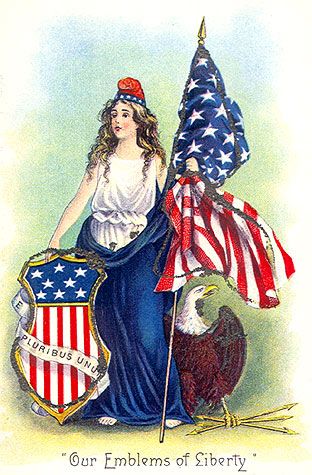
The red liberty cap and its association with the President of the United States dates back to our first Freemasonic President, George Washington who we can see immortalized in the U.S. Capitol Building Rotunda seated with a sword next to Lady Liberty.
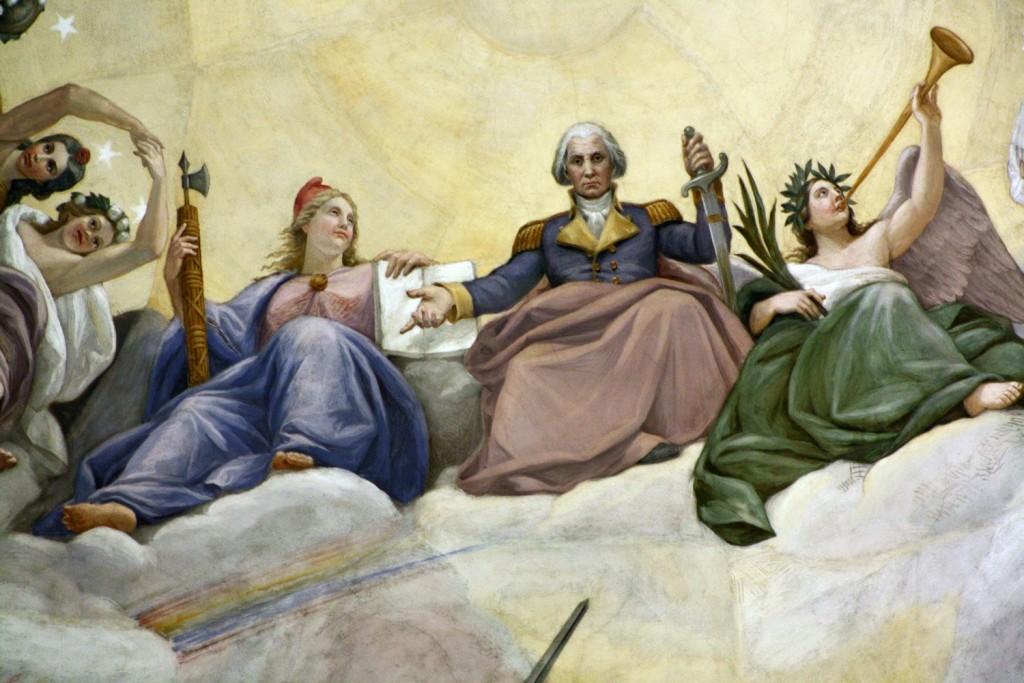
The U.S. Army has, since 1778, utilized a “War Office Seal” in which the motto “This We’ll Defend” is displayed directly over a Phrygian cap on an upturned sword.
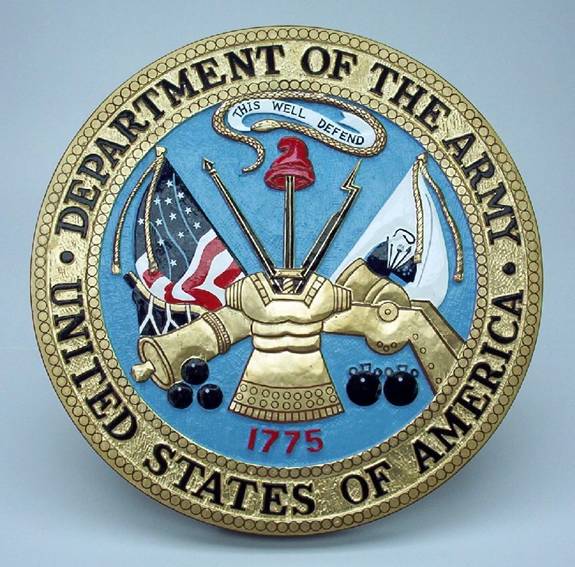
It also appears on the state flags of West Virginia (as part of its official seal), New Jersey, and New York, as well as the official seal of the United States Senate, the state of Iowa, the state of North Carolina (as well as the arms of its Senate) and on the reverse side of the Seal of Virginia.(Wikipedia)
Here is a Phrygian red cap on the Seal of the U.S. Senate.


Moe is the founder of GnosticWarrior.com. He is a father, husband, author, martial arts black belt, and an expert in Gnosticism, the occult, and esotericism.

